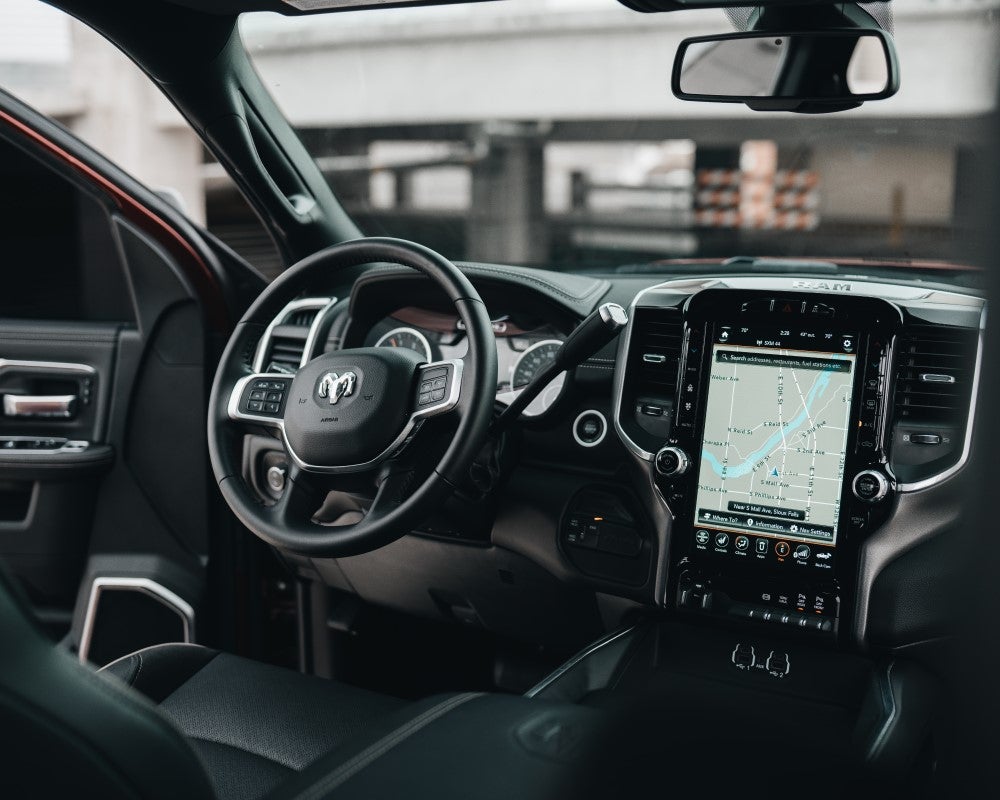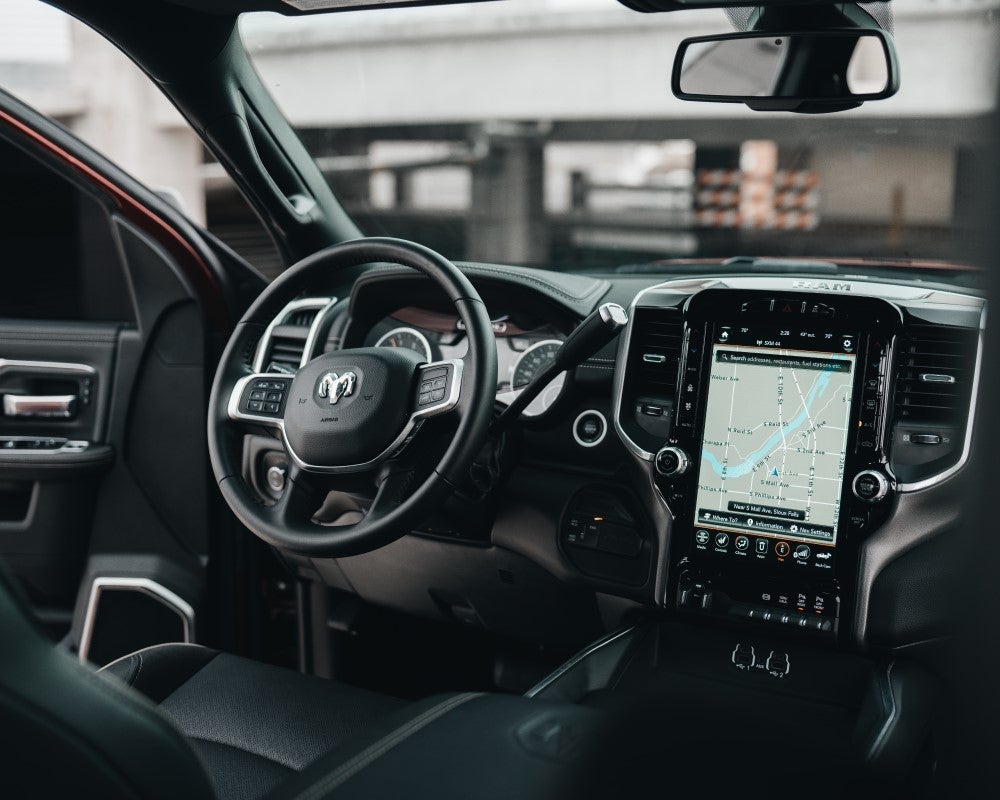
The Evolution of Touch Screens in The Automotive Industry
Touch screen technology has come a long way since its inception and the automotive industry is no exception. Interacting with screens through touch has revolutionized the way we interact with technology. Here we look at the evolution of touchscreen technology and its impact on the automotive industry.
Touch Screen Technology
The first touchscreens were resistive, meaning they relied on the pressure of a finger or stylus to activate a response. This technology had limited accuracy and could only record one input at a time. The second generation of touchscreens were capacitive, allowing for multi-touch input and a more responsive experience. This technology is still used in smartphones and tablets today.
The latest generation of touchscreens use infrared sensors to detect touch, providing a more accurate and responsive experience. The technology is now used in a variety of industries, including automotive.
Vehicle Technology
In the past, cars were equipped with simple displays with buttons and knobs for controlling various functions. As technology advanced, automakers began integrating touchscreens into their dashboards. These touchscreens allow drivers to control everything from the radio to the air conditioning system with the swipe of a finger.
Today's automotive touchscreens offer more than just basic functionality. They now integrate advanced features such as GPS navigation, back-up cameras, and gesture controls. Many modern cars are equipped with large, high-definition screens that can display multiple functions at once.

The Benefits
One of the main benefits of automotive touchscreens is that they provide a more intuitive and interactive experience for drivers. With a touch interface, drivers can easily navigate menus and make choices without taking their eyes off the road. Touchscreens can also make dashboards more streamlined, reducing clutter and improving overall aesthetics.
Touchscreens in cars also provide a more personalized experience. Drivers can customize their interface to display the functions and features they use most often. This makes the driving experience more comfortable and enjoyable. In addition, many cars offer experimental features that can be accessed through the touchscreen interface.
The Future of Automotive Touchscreen Technology
The future of automotive touchscreens looks bright. As technology advances, we expect more innovative features to be added to automotive touchscreens. For example, we may see the integration of augmented reality technology to provide more detailed information about the car's surroundings.
Additionally, with the rise of electric and self-driving cars, touchscreens will play a greater role in controlling and monitoring automotive systems. Soon, cars may be controlled entirely through touch interfaces.
Touchscreen technology has come a long way since its inception, and its development has had a huge impact on the automotive industry. Touchscreens provide drivers with a more intuitive and interactive experience, allowing for more advanced features to be integrated into the car. As technology advances, we can expect touchscreens to play an even greater role in the way we interact with our cars.
